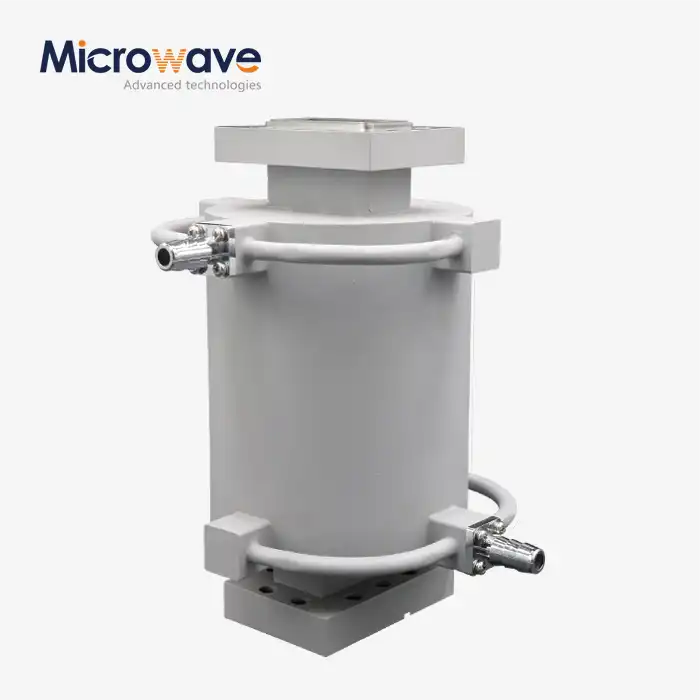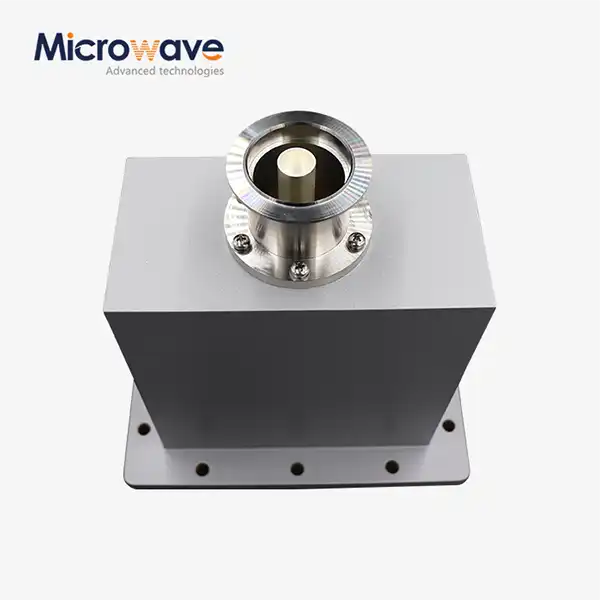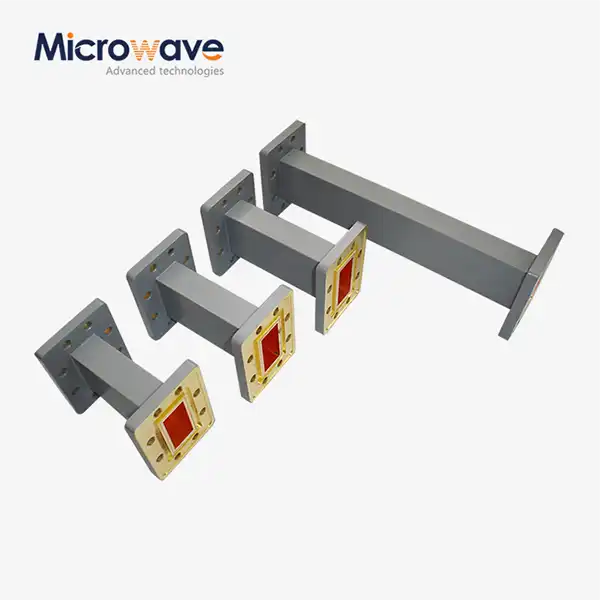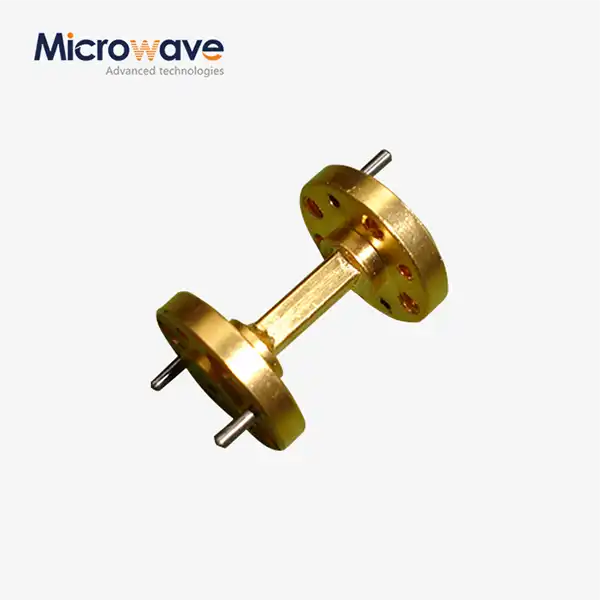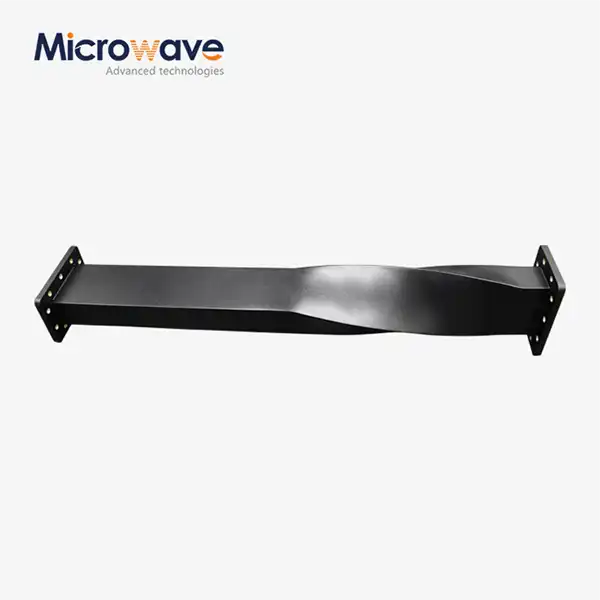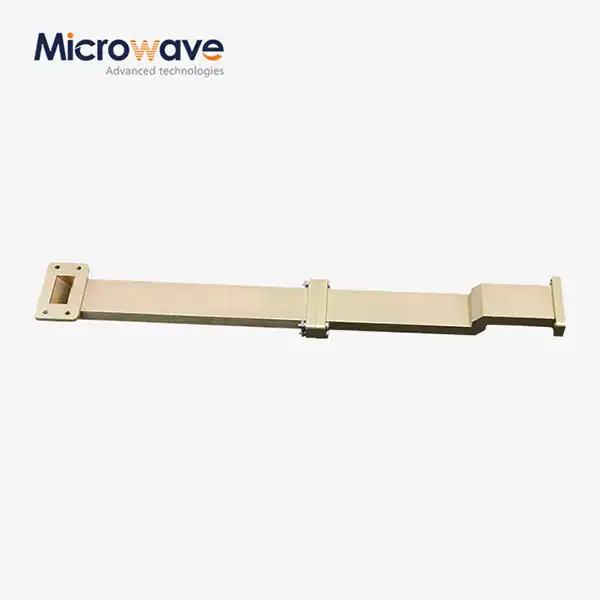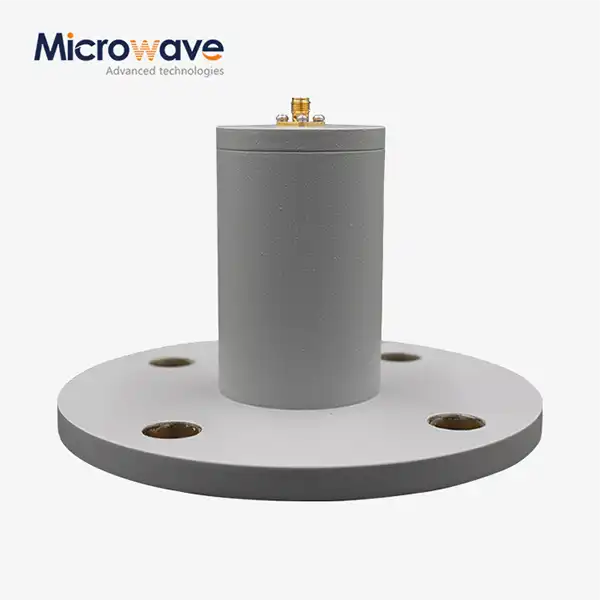How does waveguide switch differ from RF switches in other transmission lines?
The fundamental differences between waveguide switches and RF switches in other transmission lines stem from their operational principles, power handling capabilities, and frequency performance characteristics. A waveguide switch operates through electromagnetic wave propagation within enclosed metallic structures, offering superior power handling and lower insertion loss compared to coaxial or microstrip-based RF switches. These sophisticated devices utilize controlled electromagnetic field manipulation within rectangular or circular waveguide structures, enabling precise signal routing with minimal distortion. The waveguide switch architecture inherently provides better isolation between ports and enhanced thermal management, making it ideal for high-power microwave applications where traditional transmission line switches would fail.
Physical Construction and Operating Principles
Electromagnetic Wave Propagation Mechanisms
The fundamental distinction between waveguide switches and conventional RF switches lies in their electromagnetic wave propagation mechanisms. In a waveguide switch, electromagnetic energy travels through hollow metallic tubes where specific modes propagate based on the waveguide's cross-sectional dimensions and operating frequency. This propagation method eliminates the need for a center conductor, as found in coaxial systems, thereby reducing dielectric losses and enabling higher power handling capabilities. The Advanced Microwave waveguide switch leverages this principle to achieve exceptional performance across millimeter-wave frequencies, where conventional transmission lines experience significant losses. The electromagnetic fields in waveguide systems are confined within the metallic boundaries, creating a controlled environment that minimizes radiation losses and external interference. This design philosophy allows waveguide switches to maintain signal integrity even in harsh electromagnetic environments, making them indispensable for radar and satellite communication systems where reliability is paramount.
Mechanical Switching Architecture
The mechanical architecture of waveguide switches differs substantially from other RF switching technologies through their robust electromechanical actuation systems. Advanced Microwave manufactures waveguide electric switches that incorporate precision-engineered switching elements capable of redirecting electromagnetic waves with minimal mechanical wear. These switches utilize advanced actuation mechanisms that ensure precise positioning of internal components, enabling rapid switching between different waveguide paths while maintaining excellent electrical contact. The mechanical design must accommodate the larger physical dimensions required for waveguide structures compared to coaxial or microstrip switches, yet this apparent disadvantage translates into superior power handling and thermal dissipation capabilities. The switching mechanism operates by physically blocking or redirecting the electromagnetic wave propagation path, utilizing metallized surfaces that provide excellent conductivity and long-term reliability. This mechanical approach contrasts sharply with semiconductor-based RF switches, which rely on electronic switching elements that may introduce nonlinear distortions and power limitations.
Frequency-Dependent Performance Characteristics
Waveguide switches exhibit frequency-dependent performance characteristics that distinguish them from broadband RF switches used in other transmission line technologies. The cutoff frequency phenomenon in waveguides means that below certain frequencies, wave propagation becomes evanescent, effectively filtering unwanted signals naturally. This characteristic enables waveguide switches to provide inherent filtering capabilities while switching, something not achievable with coaxial or microstrip switches. Advanced Microwave's waveguide switch designs optimize these frequency-dependent characteristics to provide wide bandwidth operation across specific frequency ranges, from low microwave to millimeter-wave bands. The frequency selectivity of waveguide structures allows engineers to design switches that naturally reject out-of-band signals, improving overall system performance. Additionally, the dispersive nature of waveguide propagation can be leveraged in certain applications to provide frequency-selective switching, where different frequencies can be routed to different output ports simultaneously. This capability makes waveguide switches particularly valuable in frequency division multiplexing systems and sophisticated radar applications.

Power Handling and Loss Characteristics
High-Power Transmission Capabilities
The power handling superiority of waveguide switches over conventional RF switches represents one of their most significant advantages in high-power microwave systems. Waveguide switches can handle kilowatts of continuous power and even higher peak powers due to their large cross-sectional areas and efficient heat dissipation properties. The absence of dielectric materials in the primary propagation path eliminates power limitations imposed by dielectric breakdown, a common failure mode in coaxial and microstrip switches. Advanced Microwave's waveguide electric switches are specifically designed to handle significant power levels while maintaining low standing wave ratios and minimal signal degradation. The metallic waveguide walls provide excellent thermal conductivity, allowing efficient heat removal from high-power switching operations. This thermal management capability enables continuous operation at power levels that would destroy semiconductor-based switches or cause dielectric failure in other transmission line technologies. The robust material construction using premium-grade materials ensures that these switches can withstand high power and environmental stress without performance degradation.
Insertion Loss and Signal Integrity
The insertion loss characteristics of waveguide switches demonstrate clear advantages over RF switches in other transmission lines, particularly at higher frequencies where skin effect and dielectric losses become significant. Waveguide switches typically exhibit lower insertion loss due to the absence of dielectric materials in the signal path and the larger conductor surfaces that reduce current density and associated resistive losses. Advanced Microwave's waveguide switches achieve minimal signal degradation through careful design optimization that maintains impedance matching across the switching transitions. The low insertion loss performance ensures superior transmission quality, which is critical in applications where signal-to-noise ratio is paramount. Unlike coaxial switches that may suffer from connector-related losses and microstrip switches that experience substrate losses, waveguide switches maintain their low-loss characteristics across wide frequency bands. The precision manufacturing techniques employed in Advanced Microwave's products ensure consistent performance with minimal unit-to-unit variation, providing reliable low-loss switching for demanding applications. This consistent performance makes waveguide switches ideal for use in satellite communications and defense systems where signal integrity cannot be compromised.
Isolation and Crosstalk Performance
The isolation performance of waveguide switches significantly exceeds that of RF switches in other transmission line technologies due to the inherent shielding provided by the metallic waveguide structure. When a waveguide switch is in the OFF position, the electromagnetic energy is effectively blocked by the switching mechanism, providing excellent isolation between input and output ports. Advanced Microwave's waveguide electric switches achieve high isolation characteristics that are essential for applications requiring minimal signal leakage between channels. The complete metallic enclosure of waveguide systems provides natural electromagnetic shielding that prevents crosstalk between adjacent switching paths, a common problem in densely packed coaxial or microstrip switching matrices. This superior isolation performance enables the design of complex switching networks where multiple channels must operate simultaneously without mutual interference. The isolation characteristics remain stable across wide frequency ranges and are less susceptible to environmental variations compared to semiconductor-based switches. Furthermore, the isolation performance does not degrade significantly with age or repeated switching cycles, ensuring long-term reliability in critical applications.

Application-Specific Performance Advantages
Radar and Defense System Integration
Waveguide switches provide unique advantages in radar and defense applications where reliability, power handling, and electromagnetic compatibility are critical requirements. The ability to handle high peak powers makes waveguide switches essential components in pulsed radar systems where conventional RF switches would fail due to power limitations. Advanced Microwave's waveguide switches support navigation, radar, and advanced weapon systems with precision switching capabilities that ensure reliable operation under extreme conditions. The inherent electromagnetic shielding of waveguide structures provides excellent protection against electromagnetic interference and electronic warfare threats, making these switches ideal for military applications. The fast switching speeds achievable with electromechanical waveguide switches enable rapid beam steering and signal routing in phased array radar systems. Additionally, the robust construction and premium-grade materials used in these switches ensure consistent performance in harsh environmental conditions typical of military deployment. The long-term reliability and minimal maintenance requirements make waveguide switches cost-effective solutions for defense systems that must operate reliably for extended periods without servicing.
Satellite Communication Systems
In satellite communication applications, waveguide switches offer critical advantages over other RF switching technologies through their ability to operate reliably in the space environment while handling high powers and maintaining signal quality. The vacuum-compatible design of waveguide switches makes them suitable for both ground-based satellite terminals and space-borne applications where outgassing and material stability are concerns. Advanced Microwave's waveguide switches ensure reliable signal routing in satellite ground stations and on-orbit systems, providing the switching flexibility needed for adaptive communication systems. The low insertion loss characteristics preserve valuable signal power in satellite links where every decibel is critical for maintaining communication quality. The natural filtering properties of waveguide systems help reject unwanted signals and interference that could degrade satellite communication performance. Furthermore, the ability to handle both continuous wave and pulsed signals makes waveguide switches versatile components for various satellite communication modes. The enhanced stability and resistance to thermal variations ensure consistent performance across the wide temperature ranges encountered in space applications.

Telecommunications Infrastructure Applications
The integration of waveguide switches in modern telecommunications infrastructure provides significant advantages for optimizing base station and signal relay performance in next-generation networks. As 5G and future communication systems move to higher frequencies, the superior performance of waveguide switches at millimeter-wave frequencies becomes increasingly important. Advanced Microwave's waveguide switches support diverse frequency bands and integrate seamlessly with waveguides, couplers, and flanges used in telecommunications infrastructure. The high-speed switching capabilities enable dynamic network reconfiguration and adaptive beamforming in advanced antenna systems. The low loss characteristics help maintain signal quality in telecommunications systems where multiple switching operations may be cascaded. The ability to handle multiple channels simultaneously through frequency-selective switching provides flexibility in telecommunications network design. Additionally, the long-term reliability and minimal maintenance requirements reduce operational costs for telecommunications service providers. The customizable options available allow telecommunications equipment manufacturers to obtain switches tailored to specific frequency ranges and power requirements.
Conclusion
Waveguide switches demonstrate clear superiority over RF switches in other transmission lines through their exceptional power handling, low insertion loss, and superior isolation characteristics. The fundamental electromagnetic principles governing waveguide propagation enable these switches to excel in high-frequency, high-power applications where conventional switching technologies reach their operational limits. Their robust construction and reliable performance make them indispensable components in radar, satellite communications, and advanced telecommunications systems.
Advanced Microwave Technologies Co., Ltd. stands ready to support your waveguide switching requirements with over 20 years of manufacturing expertise and comprehensive OEM services. Our perfect supply chain system, professional R&D team, and strict quality control ensure rapid delivery of customized solutions tailored to your specifications. Whether you need prototyping services, technical support, or full-scale production, our experienced engineers provide in-depth assistance from initial design through implementation. Contact us today at mia@admicrowave.com to discuss how our waveguide switch solutions can enhance your system performance and reliability.
References
1. Marcuvitz, Nathan. "Waveguide Handbook: Microwave Theory and Techniques." Institution of Engineering and Technology, 2019.
2. Pozar, David M. "Microwave Engineering Fundamentals: Transmission Lines and Waveguide Components." John Wiley & Sons, 2020.
3. Collin, Robert E. "Foundations for Microwave Engineering: Waveguide Switch Design and Applications." IEEE Press, 2018.
4. Rao, T. Krishna. "Advanced Microwave Components: Waveguide Switches in Modern Communication Systems." Artech House, 2021.
5. Chen, Wei-Ming. "High-Power Microwave Switching Technologies: Comparative Analysis of Transmission Line Methods." Microwave Journal Publications, 2019.
6. Thompson, Sarah J. "RF and Microwave Switch Design: Performance Optimization in Various Transmission Media." Cambridge University Press, 2020.




